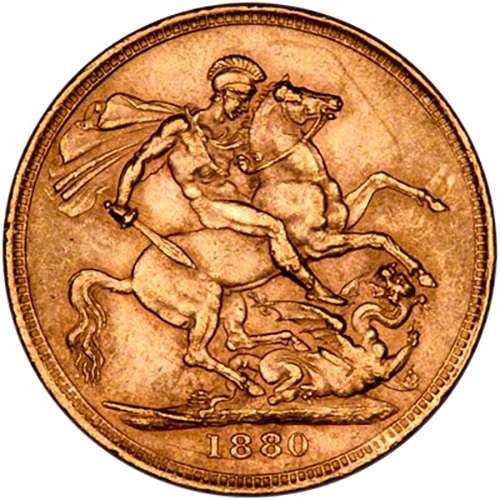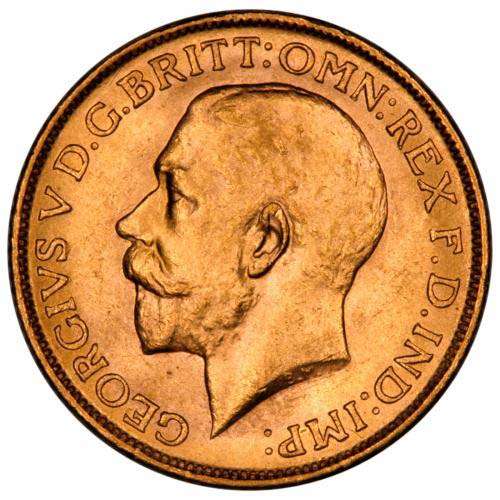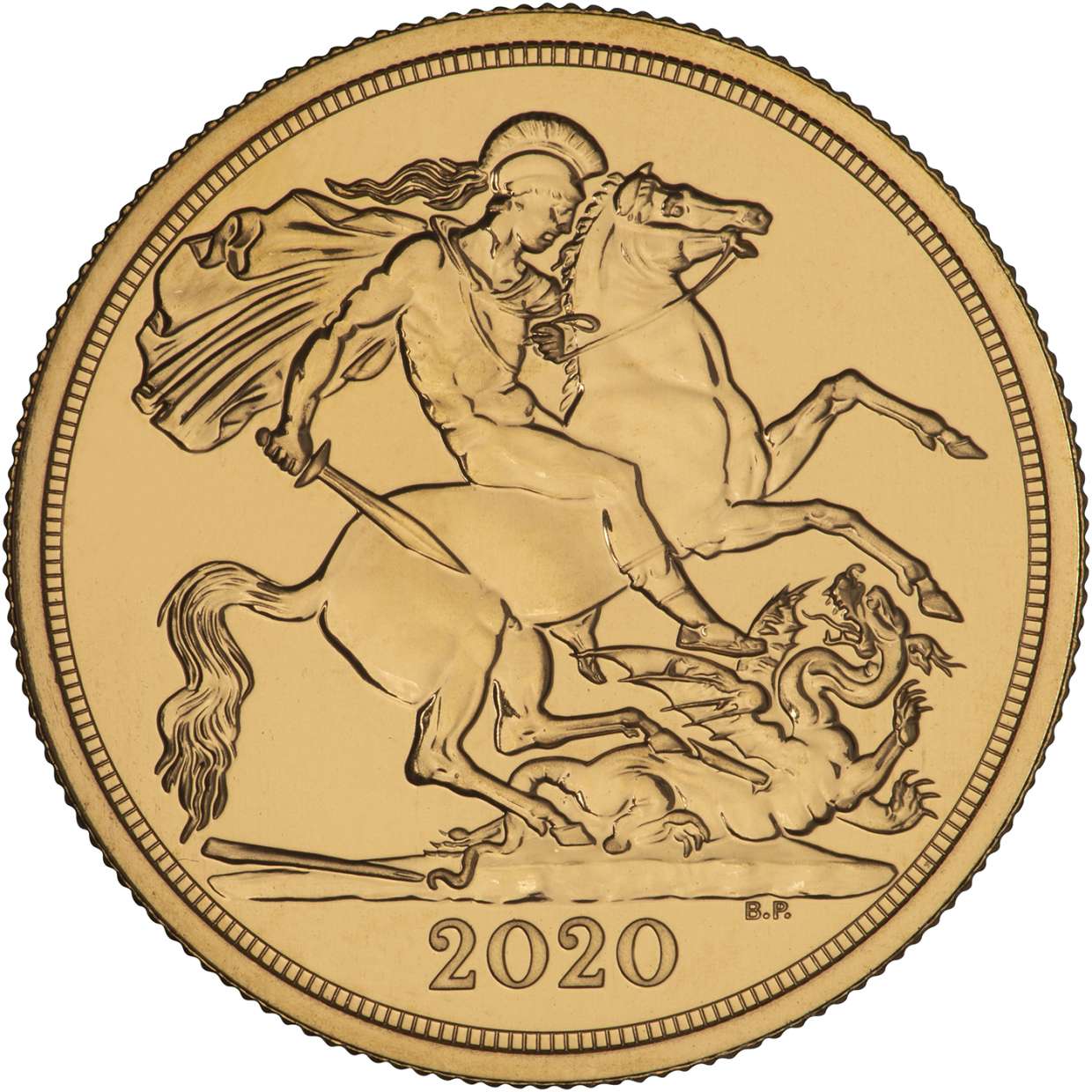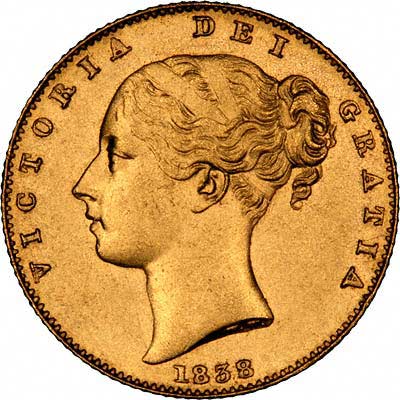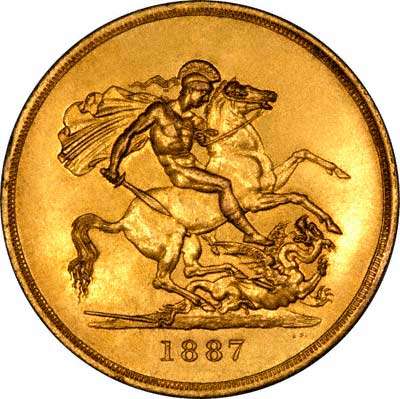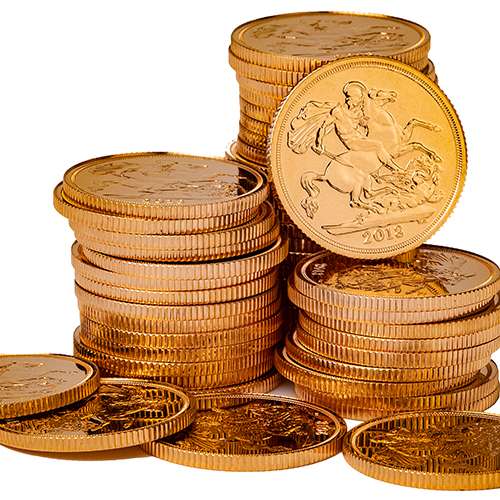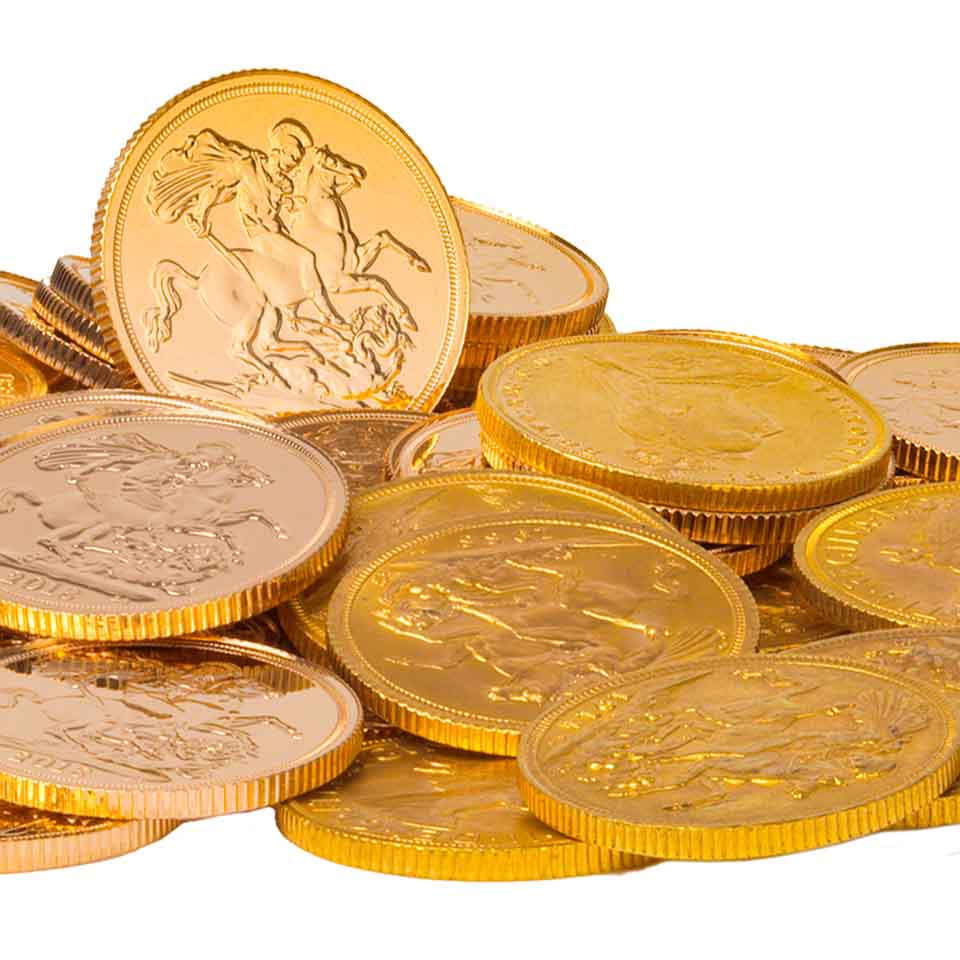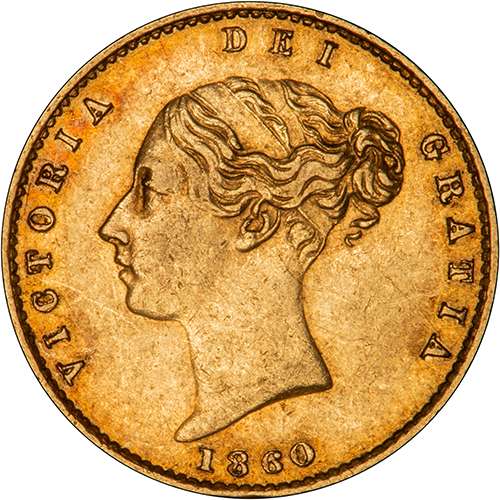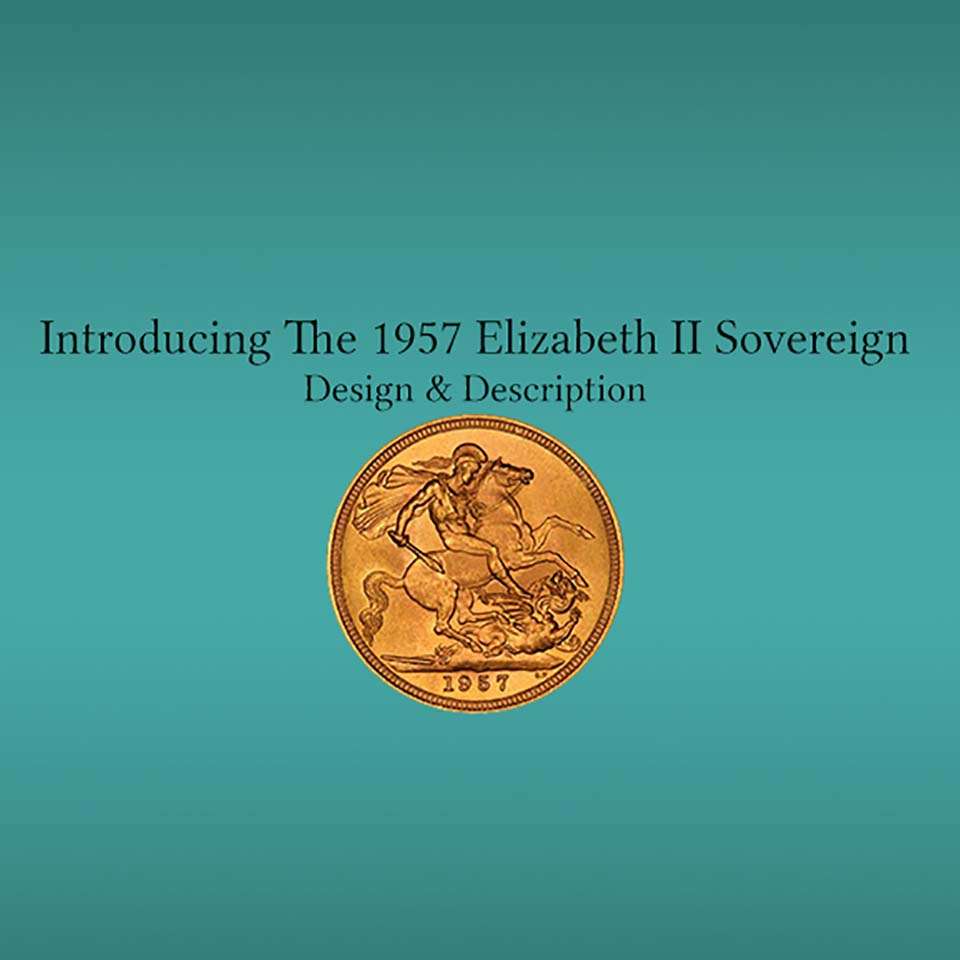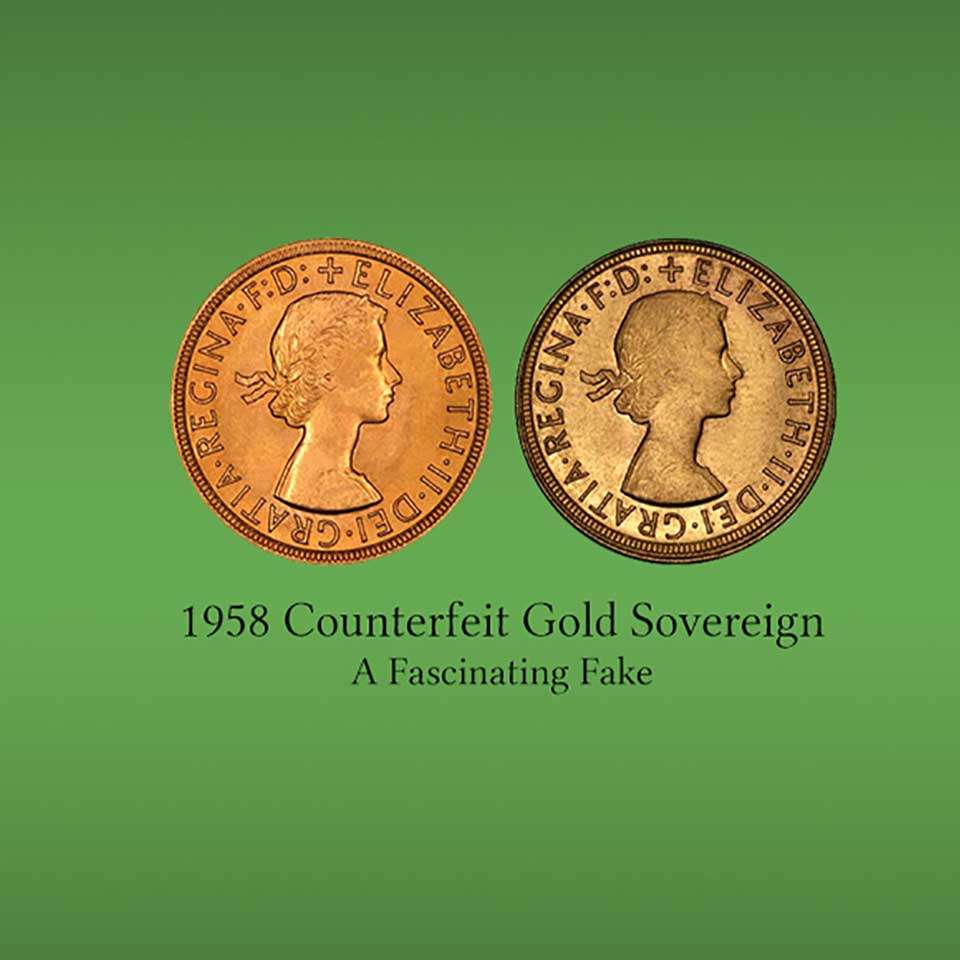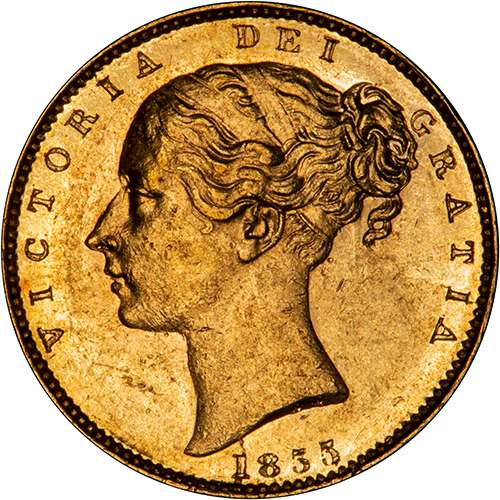Ghosting on Coins
Synopsis
I often notice "ghosting" on coins.
I tend to see it most on gold sovereigns, particularly George V and Edward VII, but it can and does occur on many other coins. Pennies of the same two monarchs also often show ghosting, but what is it?

What is Ghosting?
A "ghost" image is where a faint or hazy part of a coin's design is reproduced elsewhere on the coin. The ghost image I see most frequently is a soft outline of the head or portrait of George V can be seen in mirror image on the reverse. This is mainly on the earlier "large head" coins from 1911 to 1928 inclusive.
Recently, I came across a remarkable-looking sovereign, a 1922-P Perth Mint example, which also had strong ghosting of the head on the obverse side, as well as on the reverse. I almost had to reach for some eye drops when I saw it.
An Example of Ghosting
Here are some photos:

Here, you can see a "halo" effect surrounding the portrait, and roughly following its contours. I have seen similar effects before, but on this coin, it is far more pronounced. The halo area appears to be slightly concave, and I am still trying to understand what process or events caused it. The concave parts extend to the circle occupied by the lettering, where the field flattens back to normal.
Here Doug has drawn a line showing where to look for the ghosting


On the reverse, you can see a large depression corresponding with the portrait on the obverse, mirrored of course.
This effect is caused by the fact that the volume of metal displaced by the portrait is greater than that of the reverse design. This had been a constant problem, even back to the old head coinage of Queen Victoria from 1893 to 1901 inclusive.
There were some experiments with changes to the portrait on minor coins, from about 1922, until a smaller head portrait was adopted in 1929, which appears to have solved the problem.

This side-by-side image helps to demonstrate the effect.

This 2x2 composite image, with drawn outlines further demonstrates it.
Just for good measure:

Another interesting feature:
A sub-surface air bubble on the obverse. I have explained air bubbles elsewhere.
This particular webpage pertains to the rare and sought-after "Modified Effigy" pennies of 1926, which bear distinctive characteristics. Notably, the same portrait was also employed in the following year of 1927. Additionally, the page makes reference to the phenomenon known as "ghosting."
Summary
Some collectors worry about various effects seen on coins, particularly because of counterfeits, and I hope this post provides some help and interest to all collectors, new and old.
Related Articles
Related Products
This guide and its content is copyright of Chard (1964) Ltd - © Chard (1964) Ltd 2024. All rights reserved. Any redistribution or reproduction of part or all of the contents in any form is prohibited.
We are not financial advisers and we would always recommend that you consult with one prior to making any investment decision.
You can read more about copyright or our advice disclaimer on these links.


